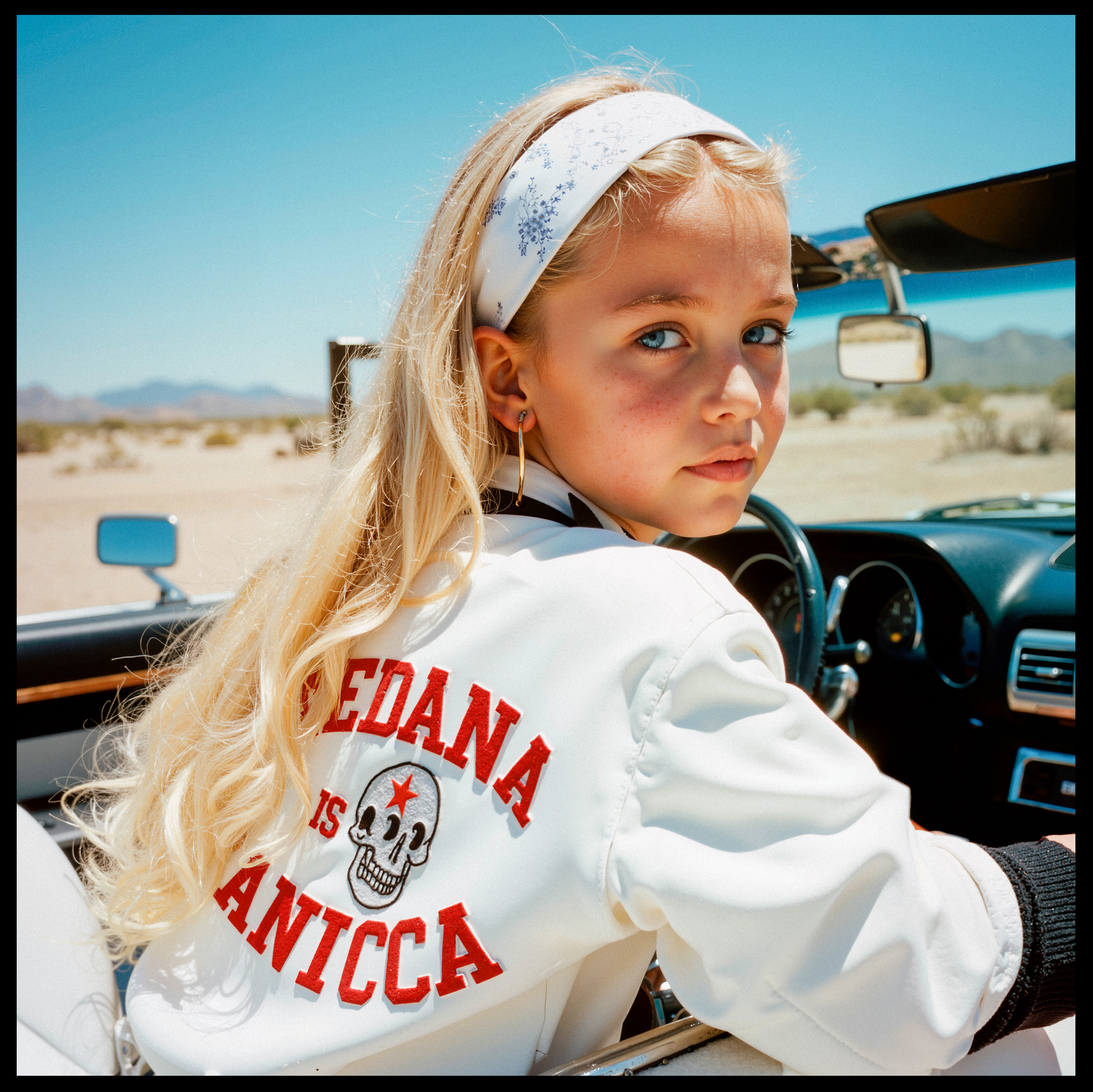
The road traffic system is designed for greed and impatience, since traffic lights work on an economy of seconds and the maximum speed limit is also the baseline—there’s even a special lane that is designed to go over the maximum.
Going below maximum is something reserved for people who are stoned, drunk or green because it causes problems, especially on the highway.
Given the speed involved and the consequences of mistakes, important decisions can take place in milliseconds. One of my reliable feelings of driving is a cold, sharp stabbing pain in my heart that arises when something dangerous and unexpected happens—which is often.
The traffic system incentivizes thinking of time through its structure, which translates into compression—it’s only a 15 minute drive, versus: an hour and maybe 10, 20ish minutes of walking.
Because compression is being optimized, time is usually underestimated, which causes even more frantic behaviour while driving.
The purpose of a car is ostensibly to get from one place to another, which means that the intermediate scenery is erased, and other cars are merely obstacles.
A forced merge elicits antisocial behaviour—instead of an orderly zipper that would make it smooth, weasels choose to stuff themselves into the disappearing lane to cut in front, which has the effect of slowing everything down.
This causes feelings of shame in some drivers, given the popularity of tinted windows; they interpret their conscience being stirred as an intrusive effect caused by the gaze of other drivers rather than a sign that their actions are transgressive—and occluding their face emboldens them for further transgression.
In this light, frustration with a traffic jam ceases to be incidental and instead becomes a predictable and necessary outcome of its design.